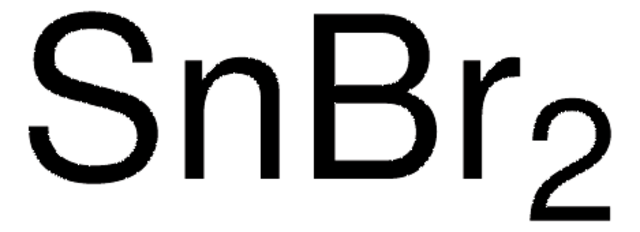203343
Germanium
chips, 99.999% trace metals basis
About This Item
Produtos recomendados
Ensaio
99.999% trace metals basis
forma
chips
resistividade
53 Ω-cm, 20°C
tamanho de partícula
≥3 mm
pb
2830 °C (lit.)
pf
937 °C (lit.)
densidade
5.35 g/mL at 25 °C (lit.)
cadeia de caracteres SMILES
[Ge]
InChI
1S/Ge
chave InChI
GNPVGFCGXDBREM-UHFFFAOYSA-N
Procurando produtos similares? Visita Guia de comparação de produtos
Categorias relacionadas
Código de classe de armazenamento
13 - Non Combustible Solids
Classe de risco de água (WGK)
WGK 3
Ponto de fulgor (°F)
Not applicable
Ponto de fulgor (°C)
Not applicable
Equipamento de proteção individual
dust mask type N95 (US), Eyeshields, Gloves
Certificados de análise (COA)
Busque Certificados de análise (COA) digitando o Número do Lote do produto. Os números de lote e remessa podem ser encontrados no rótulo de um produto após a palavra “Lot” ou “Batch”.
Já possui este produto?
Encontre a documentação dos produtos que você adquiriu recentemente na biblioteca de documentos.
Artigos
Higher transition metal silicides are ideal for anisotropic thermoelectric conversion due to their Seebeck coefficient anisotropy and mechanical properties.
Nossa equipe de cientistas tem experiência em todas as áreas de pesquisa, incluindo Life Sciences, ciência de materiais, síntese química, cromatografia, química analítica e muitas outras.
Entre em contato com a assistência técnica




